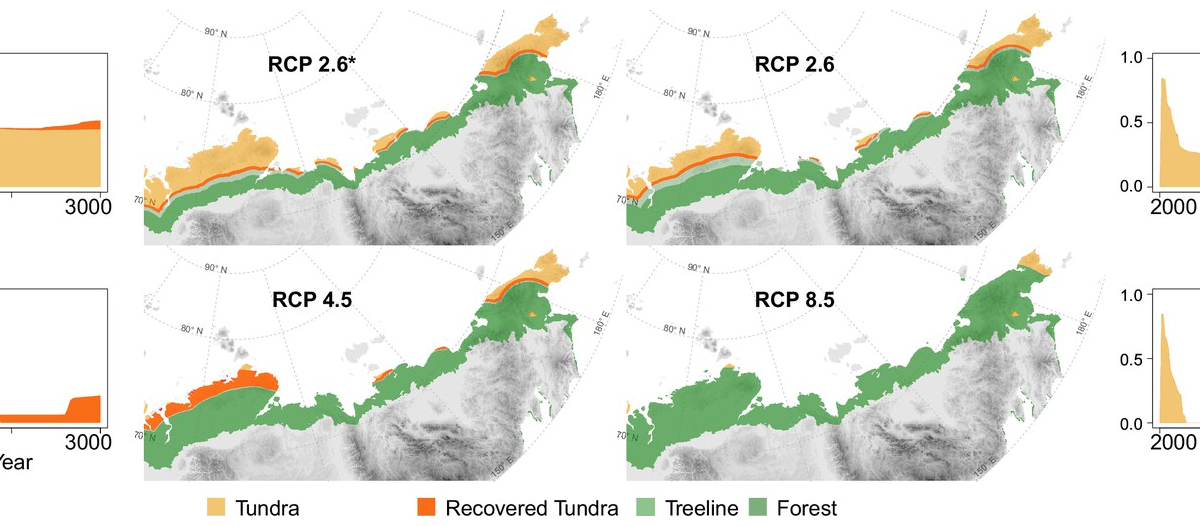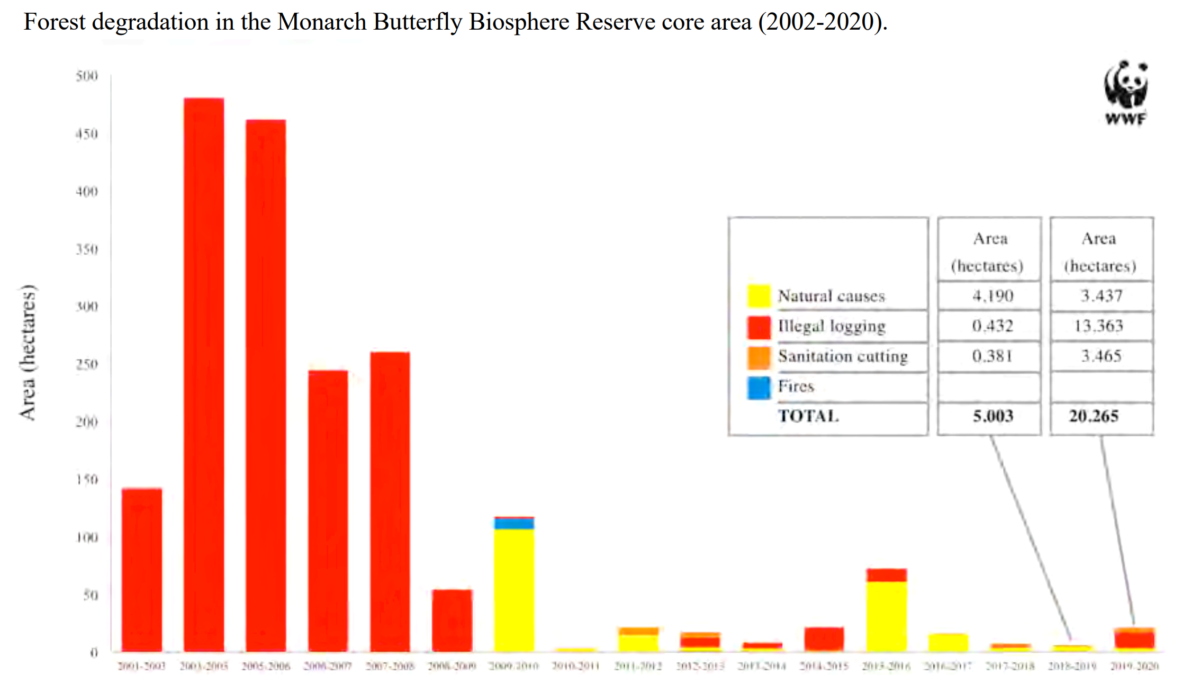Global warming added a month’s worth of extra-hot days between 2023 and 2024 – “That’s a lot of toll that we’ve imposed on people. It’s a lot of toll that we’ve imposed on nature.”

By Raymond Zhong
28 May 2024
(The New York Times) – Over the past year of record-shattering warmth, the average person on Earth experienced 26 more days of abnormally high temperatures than they otherwise would have, were it not for human-induced climate change, scientists said Tuesday [Climate change and the escalation of global extreme heat –Des].
The past 12 months have been the planet’s hottest ever measured, and the burning of fossil fuels, which has added huge amounts of heat-trapping gases to the atmosphere, is a major reason. Nearly 80 percent of the world’s population experienced at least 31 days of atypical warmth since last May as a result of human-caused warming, the researchers’ analysis found.
Hypothetically, had we not heated the globe to its current state, the number of unusually warm days would have been far fewer, the scientists estimated, using mathematical modeling of the global climate.
The precise difference varies place to place. In some countries, it is just two or three weeks, the researchers found. In others, including Colombia, Indonesia and Rwanda, the difference is upward of 120 days.
“That’s a lot of toll that we’ve imposed on people,” said one of the researchers who conducted the new analysis, Andrew Pershing, the vice president for science at Climate Central, a nonprofit research and news organization based in Princeton, N.J., adding, “It’s a lot of toll that we’ve imposed on nature.” In parts of South America and Africa, he said, it amounts to “120 days that just wouldn’t be there without climate change.”
Currently, the world’s climate is shifting toward the La Niña phase of the cyclical pattern known as the El Niño-Southern Oscillation. This typically portends cooler temperatures on average. Even so, the recent heat could have reverberating effects on weather and storms in some places for months to come. Forecasters expect this year’s Atlantic hurricane season to be extraordinarily active, in part because the ocean waters where storms form have been off-the-charts warm.

The analysis issued Tuesday was a collaboration between several groups: Climate Central, the Red Cross Red Crescent Climate Centre and World Weather Attribution, a scientific initiative that examines extreme weather episodes. The report’s authors considered a given day’s temperature to be abnormally high in a particular location if it exceeded 90 percent of the daily temperatures recorded there between 1991 and 2020.
The average American experienced 39 days of such temperatures as a result of climate change since last May, the report found. That’s 19 more days than in a hypothetical world without human-caused warming. In some states, including Arizona and New Mexico in the Southwest and Washington and Oregon in the Northwest, the difference is 30 days or more, a full extra month.
The scientists also tallied up how many extreme heat waves the planet had experienced since last May. They defined these as episodes of unseasonable warmth across a large area, lasting three or more days, with significant loss of life or disruption to infrastructure and industry.
In total, the researchers identified 76 such episodes over the past year, affecting 90 countries, on every continent except Antarctica. There was the punishing hot spell in India last spring. There was the extreme heat that worsened wildfires and strained power grids in North America, Europe and East Asia last summer. And, already this year, there has been excessive warmth from Africa to the Middle East to Southeast Asia.
Climate Change Added a Month’s Worth of Extra-Hot Days in Past Year

Climate change and the escalation of global extreme heat
28 May 2024 (Climate Central) – This report assesses the influence of human-caused climate change on dangerous heat waves over the past 12 months (May 15, 2023 to May 15, 2024). The period of analysis spans Earth’s hottest year on record (2023) and 11 consecutive months of record-breaking global temperatures (June 2023-April 2024). The report found that human-caused climate change is boosting dangerous extreme heat for billions, and making heat events longer and more likely.
Key findings from the report include:
- Over the 12-month period, 6.3 billion people (about 78% of the global population) experienced at least 31 days of extreme heat (hotter than 90% of temperatures observed in their local area over the 1991-2020 period) that was made at least two times more likely due to human-caused climate change.
- Over the last 12 months, human-caused climate change added an average of 26 days of extreme heat (on average, across all places in the world) than there would have been without a warmed planet. This report also demonstrates the crucial role of tracking and reporting on impacts in extreme heat assessment, and offers actionable solutions to heat risk.
- Using World Weather Attribution criteria, the study identified 76 extreme heat waves that span 90 different countries. These events put billions of people at risk, including in densely populated areas of South and East Asia, the Sahel, and South America.
See the full report, produced in collaboration by Climate Central, World Weather Attribution, and the Red Cross Red Crescent Climate Centre.


